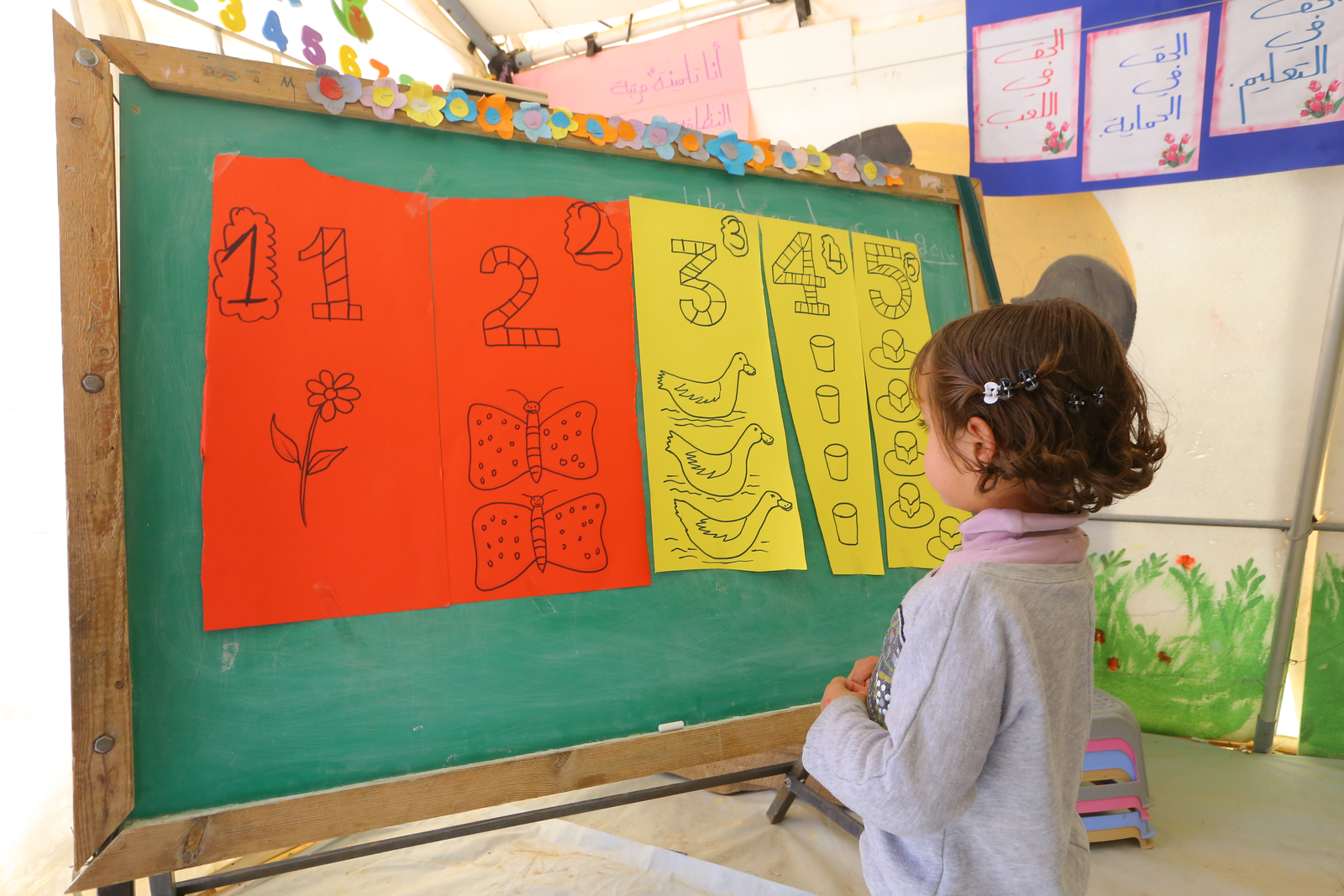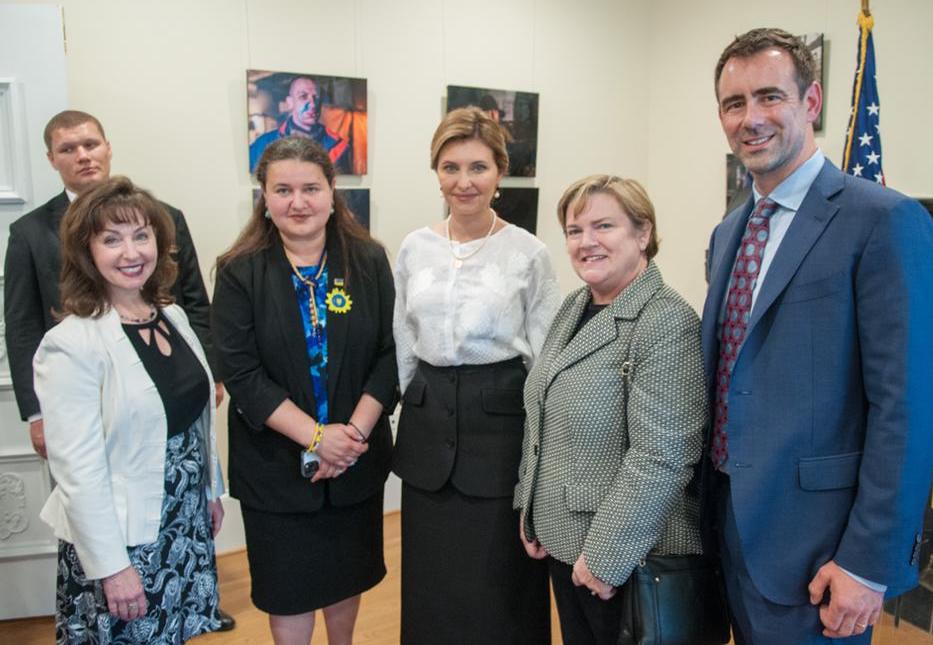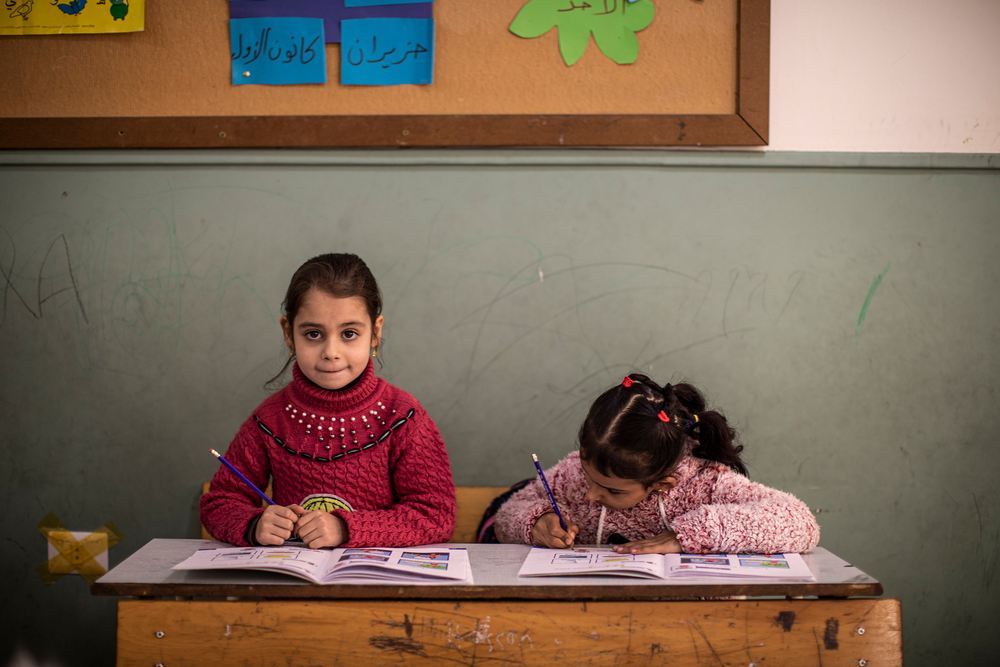
Conflict in Colombia forces thousands of children out of school
Children in conflicts, Education in emergencies, Safe schools
Many students are not returning to education after their classes were suspended due to clashes between armed groups.
Violence in Colombia has resulted in at least 44,000 children being forced out of education this year after attacks on schools and teachers.
In 2016 a peace deal was signed to end Colombia’s 52-year civil war that left at least 220,000 dead and seven million people displaced.
But fighting has erupted again in the Catacombo area, close to the border with Venezuela.
During the first semester of 2018, 44,829 students and 2285 teachers were forced to suspend classes as a result of clashes between armed groups in the Catatumbo.
At least 80 educational facilities have had to temporarily suspend classes for fear of violence in this region, according to the Norwegian Refugee Council (NRC).
Children who do not attend school in conflict zones are exposed to forced recruitment by armed groups and can become victims of child labour and other forms of abuse.
NRC has been working in the area for more than 20 years. Christian Visnes, its national director in Colombia, spoke to Their News about the escalating violence in the region after the La Pacheca elementary school in Catatumbo was seriously damaged during fighting on July 4.

“This brutal attack on what is supposed to be a safe space for children to learn, grow up and play is a serious violation of the rights of the child. Putting an end to these attacks should be a priority for the government,” said Visnes.
“What happened was that two groups engaged in fighting by the school. During the fighting the school was hit by bullets.
“Fortunately there were no children at the school. This the type of thing that happens constantly – armed groups, including government forces, taking positions close by or sometimes inside schools.
“During this month we’ve had nine accidents with mines in the region – three were with armed personnel while six were civilians.
“When fighting takes place around a school, children are highly affected – education has been disrupted with 44,000 children out of school in this area.”
Visnes explained that fighting is taking place between two guerilla groups called ELN (National Liberation Army) and EPN (The Popular Liberation Army).
He said: “The Catacombo area has been affected by the armed conflict for many years. After the peace agreement in the area, the Farc guerillas demobilised, but there are still two groups active in the area – one is the ELN national movement and the other is EPL, a dissident group that has been there for many years.
“What happened in Colombia after Farc demobilised is quite critical because what we have seen is the government has not been able to move in and control the area.
“So skirmishes between these two groups have been growing for some time, and now an all-out war has broken out between the two guerilla groups – over who is going to control this area, which is just on the border with Venezuela.”
NRC has been working in Colombia for more than two decades, operating in remote areas where roads are poor and there are high levels of poverty.
Visnes said Catacombo is an agricultural area with a large production of coca (used to make cocaine) and NRC has been helping those affected by the armed conflict for many years now.
“We are still doing that as well as giving emergency assistance,” he said.
NRC also has education programmes to get children back to school, especially now the conflict is getting larger with more people affected.
School - instead of being a protective space - becomes a space where children and teachers are put in danger. Christian Visnes, Norwegian Refugee Council's national director in Colombia
“It’s very damaging for children. What we are finding is that many are not returning to education,” he said.
“They are losing their right to education because school – instead of being a protective space – becomes a space where they are put in danger. We meet children who have difficulty concentrating and difficulty sleeping.
“And of course teachers are also highly affected. Many suffer threats and they can be targets for armed actors.”
Since January, 26 landmines and explosive remnants have been reported near classrooms meaning 3459 students have been forced to suspend school.
Visnes described the situation as “critical”. He added: “We have 15,000 people internally displaced due to this conflict. This number is the largest single number of people displace for many years in Colombia.
“We haven’t seen such a large number of people displaced for more than 10 years. It has been relatively quiet but yesterday we had about 500 people displaced from a different community in the same area.”
Children are also being recruited as child soldiers.
Visnes said: “We don’t have numbers as it’s very sensitive information – but we have information and know that children and under-age people are recruited. The armed groups are trying to strengthen their positions.
“We also have large numbers of Venezuelans leaving Venezuela and coming to Colombia because of the economic crisis there. So these individuals are also being recruited by armed groups in Colombia.”
NRC has urged the Colombian government to support the Safe Schools Declaration, where countries commit themselves to protect students, teachers and educational establishments from attacks during armed conflicts. So far 79 nations have signed the declaration.
Theirworld has been campaigning for all five permanent members of the UN Security Council to sign up. So far France and the United Kingdom have but the United States, China and Russia have failed to do so.
“The educational authorities in Colombia must announce their support for the declaration as soon as possible,” said Visnes.
“They must ensure that the needs and rights of minors and young people are respected to take the country forward.”
More news

Theirworld initiative helps to deliver $30m of computers to Ukrainian children
